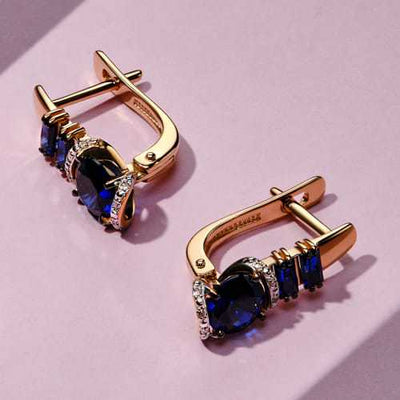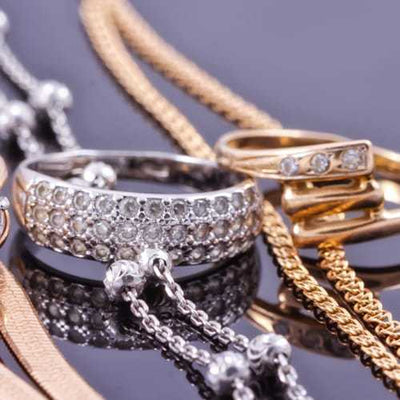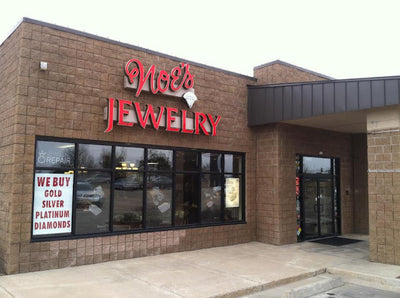What Are Lab Grown Diamonds or Engineered Diamonds?
 Have you ever heard the term "lab-grown" or "lab-created" diamond or perhaps "engineered" or "cultured" diamond? These are terms that have been around since the 1950s, when the science was in its infancy. Back then, lab-grown diamonds were manufactured for commercial purposes such as making drill bits. They weren't intended for wearing. But these days, scientists have refined and perfected the process of creating diamonds in the laboratory. These lab-grown diamonds aren't cubic zirconia. They're virtually indistinguishable from natural diamonds. They possess the same beauty, luster, carats, cut, color and clarity of natural diamonds, but they are vastly more affordable.
Have you ever heard the term "lab-grown" or "lab-created" diamond or perhaps "engineered" or "cultured" diamond? These are terms that have been around since the 1950s, when the science was in its infancy. Back then, lab-grown diamonds were manufactured for commercial purposes such as making drill bits. They weren't intended for wearing. But these days, scientists have refined and perfected the process of creating diamonds in the laboratory. These lab-grown diamonds aren't cubic zirconia. They're virtually indistinguishable from natural diamonds. They possess the same beauty, luster, carats, cut, color and clarity of natural diamonds, but they are vastly more affordable.
The process of manufacturing lab-grown diamonds is absolutely fascinating. Almost like a pearl, lab-grown diamonds begin with tiny carbon "seeds" of pre-existing diamonds. Intense heat and pressure are then applied to create a diamond with all the defining properties of the "real thing." At the forefront of the retail side of this industry is a company called Pure Grown Diamonds. Pure Grown Diamonds are objectively identical to naturally occurring diamonds chemically, physically, and optically, but they are conflict-free and sustainable. They're also a lot more ecologically conscious, as creating them requires about half the energy of traditional diamond mining. They can be grown in as few as two weeks, up to two to three carats. Some can even be grown larger!
You may be wondering what the catch is. Well, there isn't one! The big difference between a lab-grown diamond and a naturally occurring diamond is that a lab-grown diamond has a signature—a serial number that's laser-engraved onto the side of each diamond. It's so small it's invisible to the naked eye. You'd need a high-tech piece of lab equipment to be able to see it.
Amazingly enough, the environment, the beauty, and the conflict-free nature of lab-grown diamonds aren't the only inducements to check them out the next time you're looking for diamonds and fine jewelry in Kansas City. Cost is another advantage of lab-grown diamonds! A typical natural diamond will retail for about $5,000. But a lab-grown diamond of similar size will sell for about $3500. That's about a 30% savings. Of course, individual diamonds may vary, but in general you can expect to pay much less for a virtually identical lab-grown diamond than you would for a naturally occurring one.
Are you intrigued by the idea of lustrous, gorgeous, sparkling lab-grown diamonds? We here at Noe's sure are! So if you would like to know more about conflict-free, ecologically conscious, lab-grown diamonds, contact us today. We can help you add one of these modern miracles to your jewelry collection. Not only will it be just as beautiful as any other diamond in your jewelry box, it's sure to be a conversation starter for years to come!
Diamonds are a girl's best friend, whether they're dug out of the earth or grown in a lab. Come see our lab-grown diamonds at Noe's, online or in person at our Raymore, Missouri jewelry store.




